How many times have you actually been told and shown the proper way to do something that's basic and practical for every day life? The most memorable "how to moment" I can literally think of, learning to tie my shoes at four-years-old. Most of us go through life just winging it and following the herd. But, there is actually some good information available when it comes to using soap.
Maybe you've been told it's all the same. Lather it. Spread it. Rinse it. Problems solved. But the simple truth, what kind of soap and how much you should be using really matters. More importantly, what are you using the soap for?
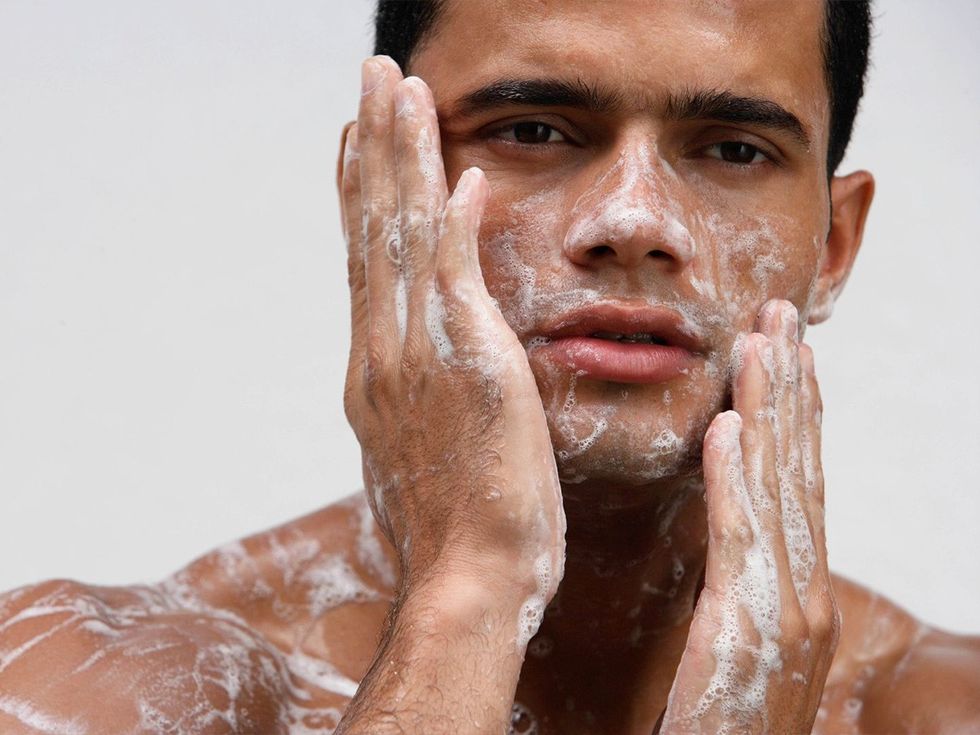
Here are the do's and don'ts for using soap on your hands, dishes, and laundry.
Wash your hands.

It's suggested we wash our hands after using the bathroom and before we eat. Maybe before you shake someone's hand if you really want to be kind.
So what type of soap. Just PLAIN soap. No special perfumes. No special dyes. No antibacterial. According to the CDC using plain soap and water is the best for your hands. Antibacterial is for the professionals in healthcare. But for normal situations, it does nothing more in preventing you from getting sick. Some studies show that using antibacterial soap contributes to antibiotic resistance. Nobody wants that.
Wet your hands. Rub on the soap and scrub for 20 seconds to remove harmful germs. Get between your fingers, palms, back of the hands, and under your finger nails. Rinse. As for hot or cold water, use what you find most comfortable. The water actually has nothing to do with the removal of bacteria. It's job is to help you build the suds, and wash the soap off.
Wash those dirty dishes.
A feel-good-dish-washing. media2.giphy.com
The first rule of thumb with doing dishes, use a dishwashing machine if you have it. The dishwasher is a professional at removing bacteria from your dirty tableware.
When you're going by the hand technique, these are the basics broken down by Real Simple:
- Use the hottest water possible and wear dishwashing gloves so you can hack it.
- Antibacterial soap combined with the hot water will more likely remove contaminating bacterial species from eating utensils. Food products such as milk as reported in Science Direct are particularly difficult and pose health risks if not properly removed.
- No sponges. What? NO SPONGES. They help remove the large food debris, but mostly just add and spread more germs to whatever you're attempting to clean. Get a silicone scrubber or wash net and replace once a week.
Time to wash the laundry.
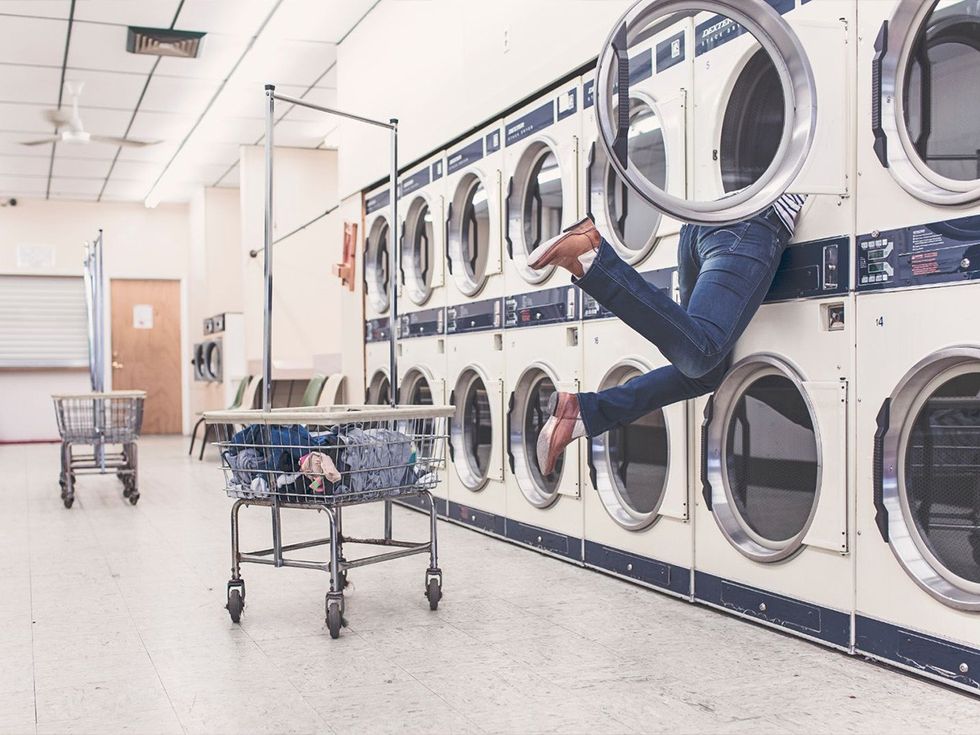
The most important thing to know, you're using too much detergent. Okay, maybe not you. But most likely you, because the most common mistake people make when doing laundry is overusing detergent. As if you didn't know, laundry detergent is super expensive.
HeySunday had some great information about how to properly clean clothes. They also broke down 3 important myths about laundry detergent:
- Use more detergent and get cleaner clothes. Actually you leave residue on the clothes when using too much detergent. That means the clothes are still dirty after the wash. The improper rinsing can lead to skin irritation. It's in your best interest to most likely use a little less than suggested on the bottle, box, or in whatever you have the detergent purchased.
- Suds mean it's really got the clothes clean. If there's any suds left after the wash you have definitely used too much soap. No suds after a wash.
- Always use a fabric softener. You don't need it. The simple truth is most detergents already do the job of the fabric softener. In the majority of cases you're just breaking-down the clothing faster.
The article goes on to suggest how to get great results with your laundry: sort clothes by fabric and color, and watch the temperature to see that it matches the materials of the clothes you are washing (cotton warm and synthetics cold.) It's also suggested you clean and wipe down your machine once a month or after a particularly dirty load of wash.





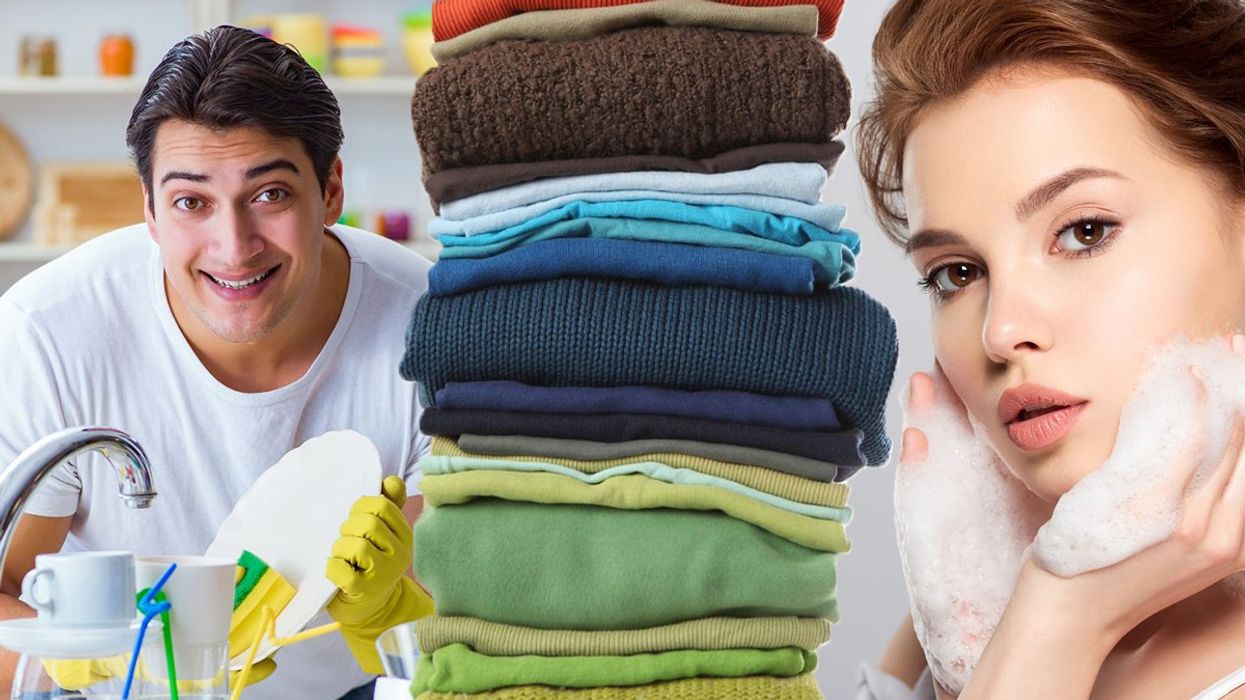







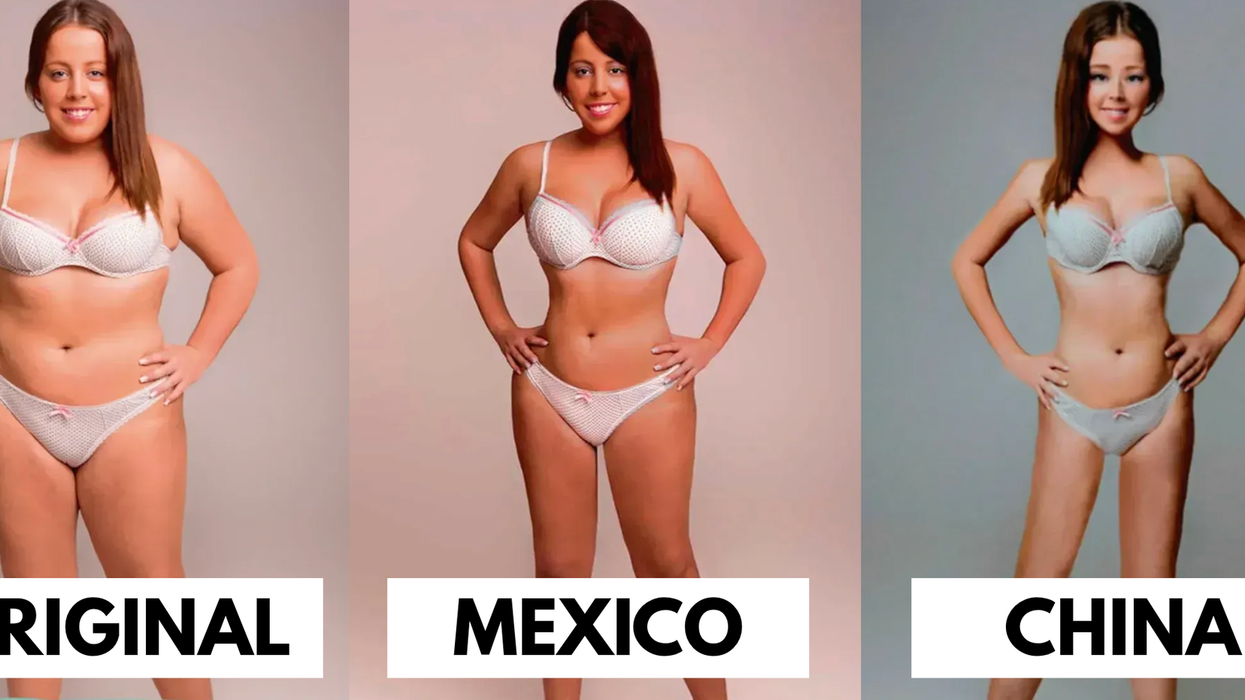






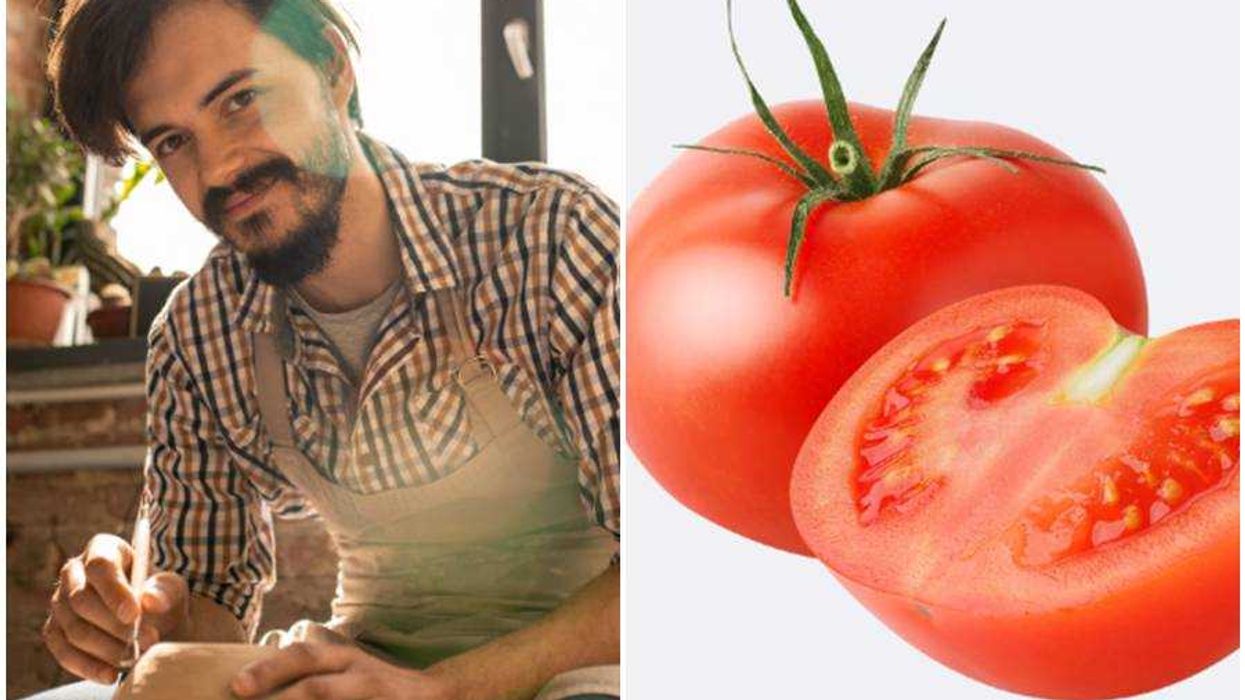


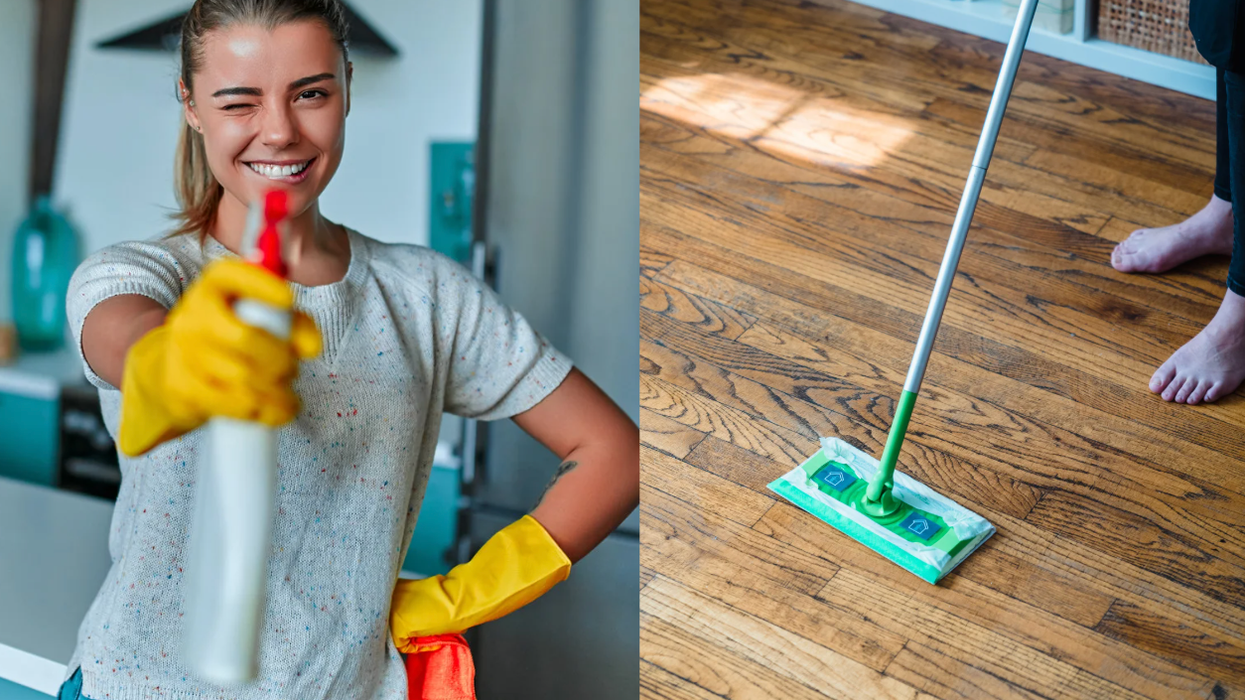


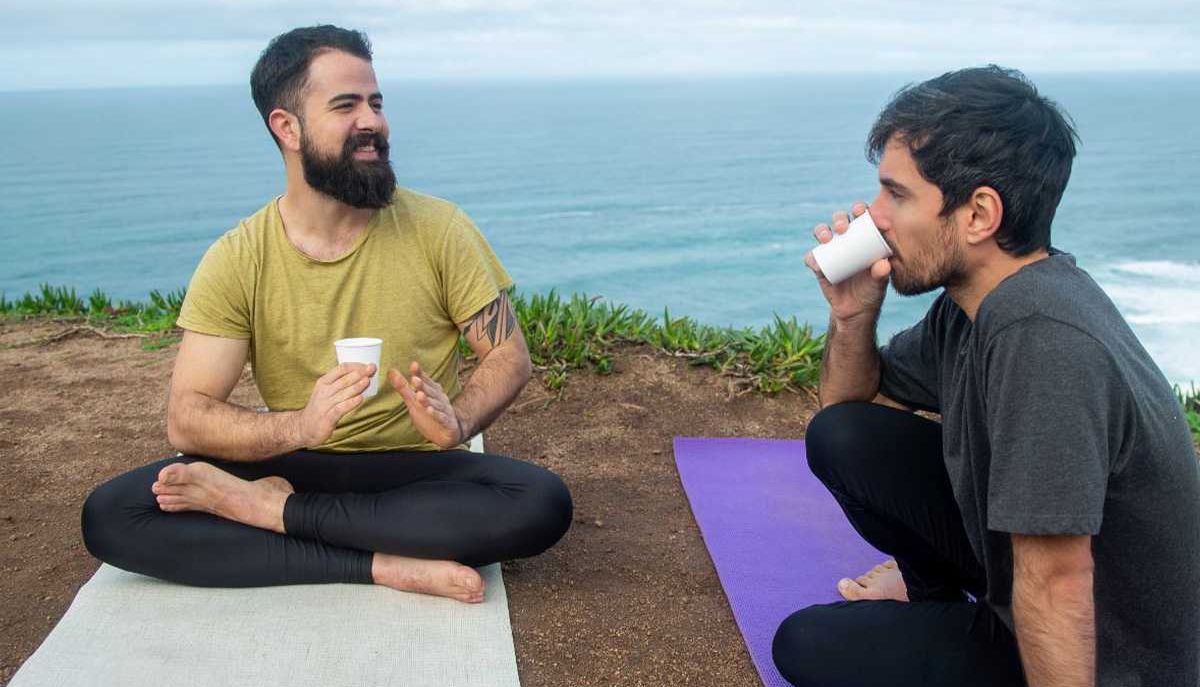 Men practice mindfulness overlooking the cliffs and ocean.Image via
Men practice mindfulness overlooking the cliffs and ocean.Image via  Man smiles at dusk.Image via sss - Photo by ridofranz
Man smiles at dusk.Image via sss - Photo by ridofranz